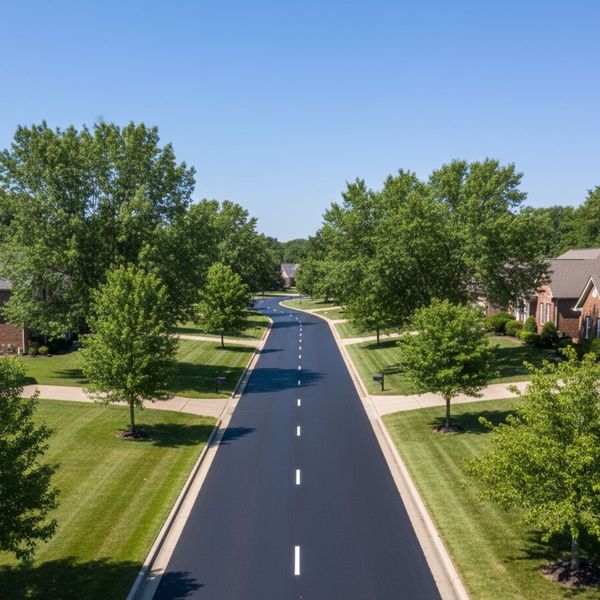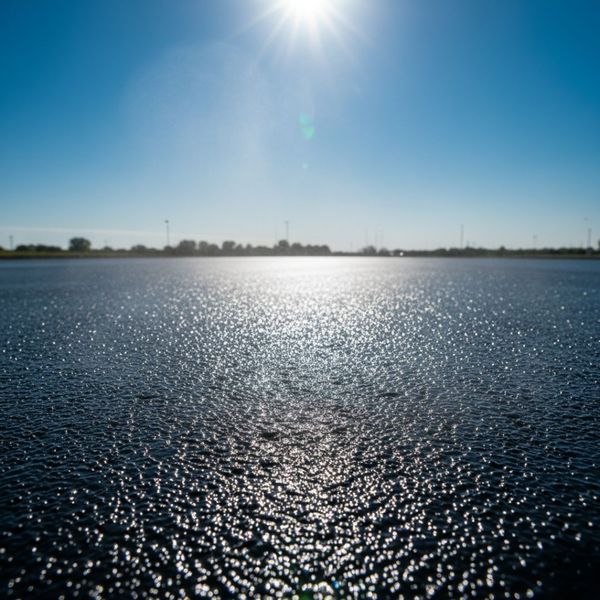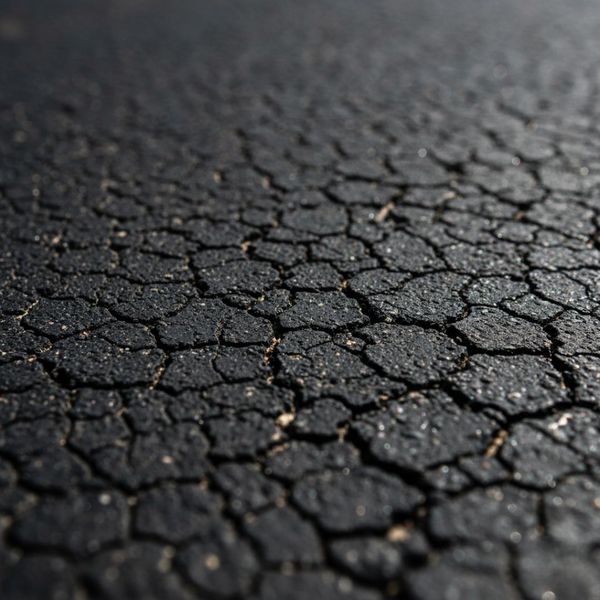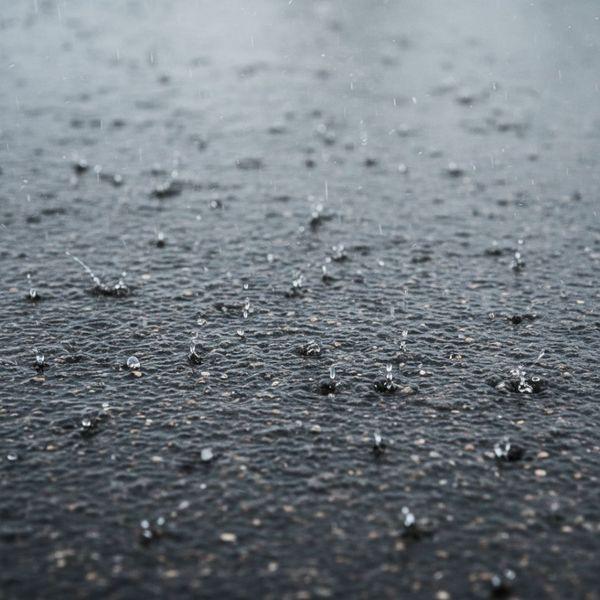While the decision to protect your asphalt surface is important, the timing of that maintenance is crucial for optimal results and longevity. Applying a fresh layer of sealcoat asphalt requires specific environmental conditions to ensure proper bonding, curing, and long-term performance. Choosing the right season is an essential part of effective maintenance.
The Best Time of Year to Sealcoat Asphalt
The Best Time of Year to Sealcoat Asphalt

The Ideal Window: Late Spring to Early Fall
The prime window for applying sealcoating typically runs from late spring through early fall. This period provides the necessary warmth and consistent dry weather for the material to cure properly. Ambient temperatures should be consistently above 50°F, both during application and for the following 24-48 hours.

Why Summer is Often Best
Summer often provides the most reliable conditions. High daytime temperatures accelerate the curing process, allowing the sealcoat to harden quickly and effectively. Faster curing minimizes the necessary closure time for your driveway or parking lot, reducing disruption for both residential and commercial clients. This efficiency is a core part of our customer-focused project management.

The Risk of Extreme Temperatures
Applying a sealcoat asphalt solution outside of this ideal window carries significant risk. If the temperature is too low, the sealant may not cure completely, leading to premature flaking, poor adhesion, and reduced durability. Conversely, extreme heat can cause the sealant to dry too quickly, resulting in cracking and a subpar finish. We monitor local weather forecasts closely to ensure a perfect application.

Moisture and Rain Considerations
Equally important is dryness. The asphalt surface must be completely dry before application, and no rain should be expected for at least 24 hours afterward. Water interferes with the chemical bonding of the sealant, compromising the protective layer. By adhering to a transparent schedule that prioritizes weather conditions, we deliver a truly trustworthy result when we sealcoat asphalt.
Schedule Your Sealcoating with Confidence
Don't gamble with your asphalt investment; let Bracken Paving schedule your service during the optimal window. We guarantee professional application and superior quality in the Tri-City area of Tennessee and Virginia. Contact us today to plan your maintenance!
